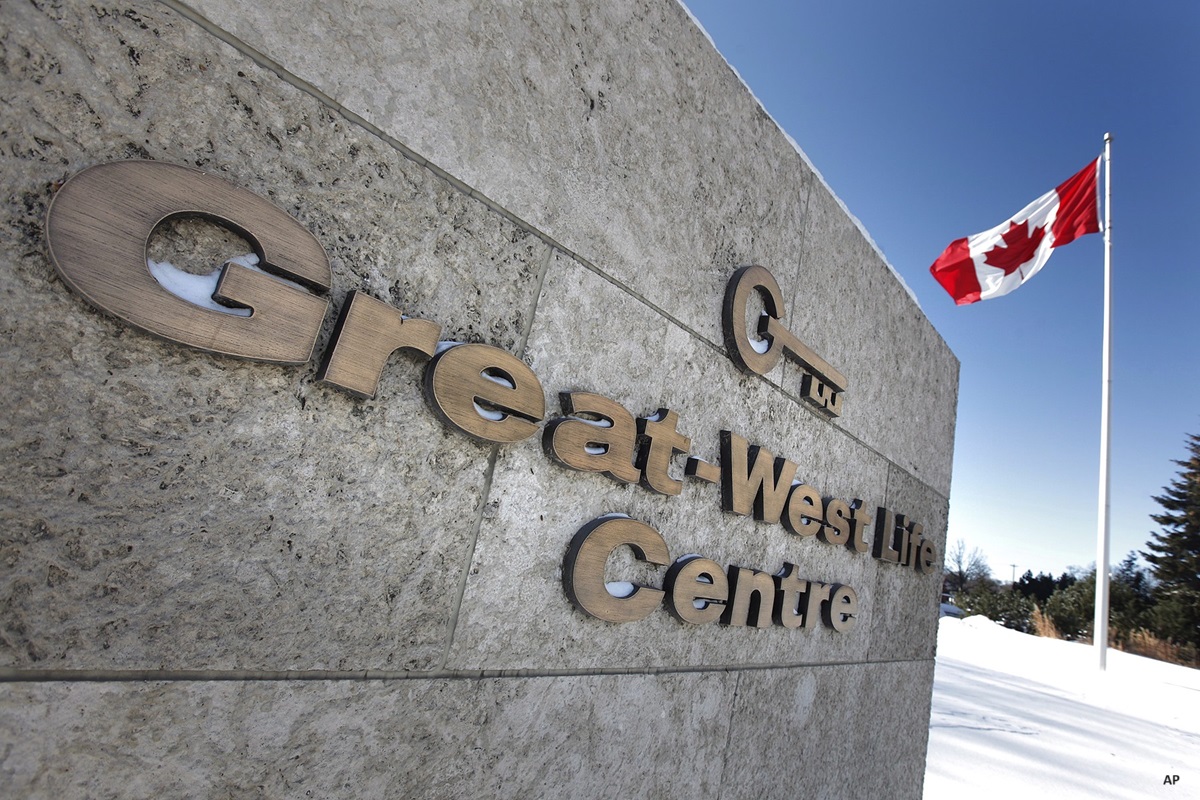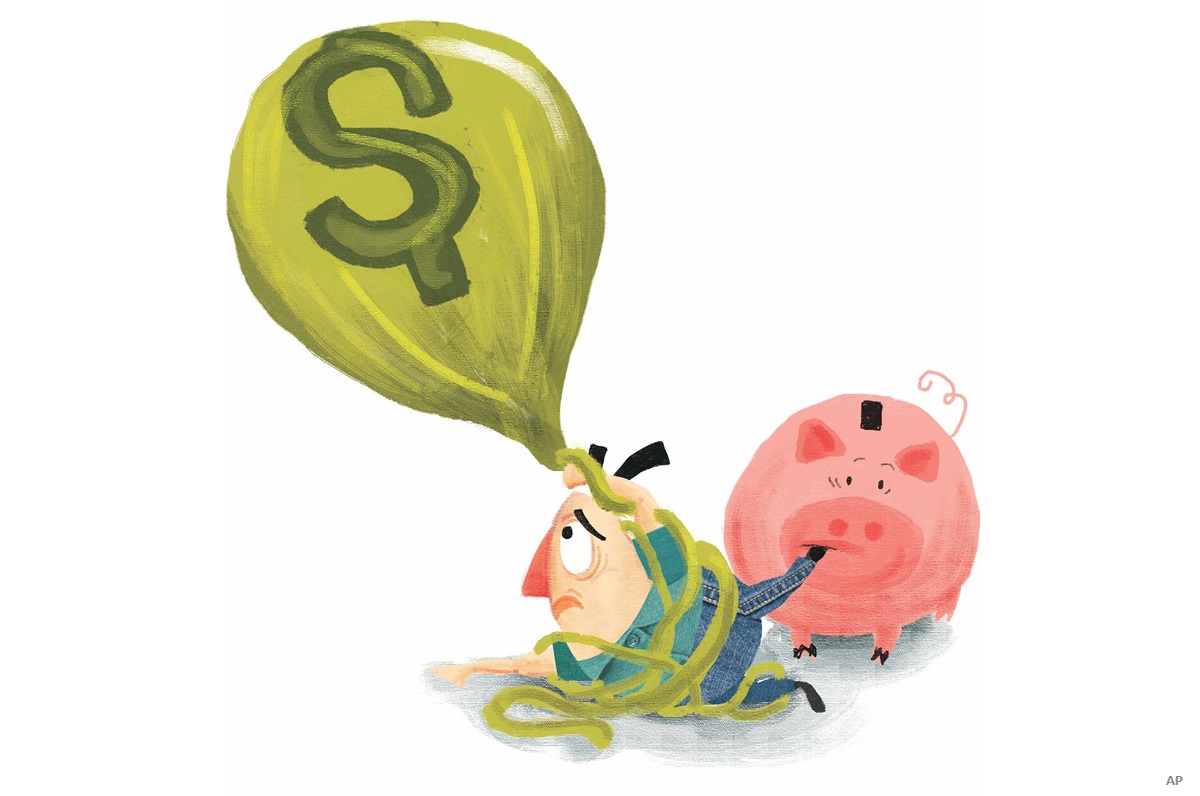
Preferred shares have staged a remarkable rebound since the spring of 2020 when the pandemic sent the asset class into the depths. Indeed, funds such as the 4-star rated $38.8 million Signature Preferred Share F has returned 31.7% in the past 12 months (as of Oct. 1), while its sister product the 4-star $87.3 million CI Preferred Share ETF (FPR) has returned 30.7%. Although a lot of the good news has been baked into the returns, portfolio manager John Shaw argues that the asset class still has upside potential.
3 Reasons for the Rebound
Consider three themes behind the rebound, says Shaw, vice-president at Toronto-based CI Global Asset Management Inc. “In March 2020, preferred shares fell as much as Canadian equities, and usually they don’t fall as far as equities. That was based on falling interest rates. By the summer, the rebound began with the recovery in all risky assets,” says Shaw, a 31-year industry veteran who joined CI’s Signature Group in 2004, after stints managing fixed income at Canada Life Assurance and earning a BA in economics at Queen’s University in 1988. The first driver was that the price of many preferred shares was well below par value and much of the market was trading at less than $18 a share. “That is quite a discount versus to a par value of $25. As the good news [on the economy] started to occur it meant that you were going to get very good returns as preferred shares moved towards par.”
The second factor was the introduction by Royal Bank of Canada of a Canadian version of Additional Tier 1 (AT1) capital known as Limited Recourse Capital Note (LRCN). “Essentially, this note allowed financial institutions to count the security as preferred equity on their balance sheets, except they pay interest and got an interest deduction on them,” says Shaw, who is part of a 5-person team that oversees $8 billion in corporate bonds and $1 billion in Canadian preferred shares. “This meant LRCNs are much cheaper for banks to issue, than paying after-tax preferred dividends. Immediately, we saw preferred shares jump because investors recognized that a large portion of the Canadian preferred share market would be redeemed in the coming quarters. That has played out immensely.” Last year, $3.4 billion worth of preferred shares were redeemed and thus far in 2021, the figure is over $7 billion. “We expect another $1.5 billion-plus to be redeemed by year-end. All told, $10 billion in redemptions makes up over 15% of the Canadian preferred share—with very little new issuance. That’s the second main driver.”
The third factor has been the gradual increase in interest rates since bottoming in the summer of 2020. “Canadian five-year rates have moved up about 60 basis points (bps) higher than a year ago. For rate-reset preferred shares, higher interest rates are very important.”
Closer to Equilibrium
Shaw notes that strong demand for the securities has also been a factor. “The amount of redemptions shrunk the supply so much that those investors wanting to stay involved for the higher returns, did so. Demand was there throughout the fall and into the first part of 2021. But there is less demand now that the market is more balanced, following the strong returns,” says Shaw, adding that in the past few months people are willing to reduce their holdings as the redemptions have continued.
Preferred shares differ from bonds for several reasons. First, they pay dividends which are taxed at a lower rate than interest income. In addition, unlike bonds that have maturity dates, preferred shares have so-called call or redemption schedules and interest re-set dates. Indeed, Shaw says it is very rare if issuers default on the securities. In event of a company wind-up, preferred shares are lower on the capital structure and below bonds in the hierarchy of securities. “They are riskier than bonds, so therefore you should get a higher return.”
The portfolios for FPR and Signature Preferred Share Fund F are virtually identical, although their management expense ratios vary slightly (80 BPS for the former and 90 BPS for the latter). Currently, both have a running yield of about 4.9% before fees. That compares to the S&P/TSX Preferred Share Index which has a running yield of 4.66%.
“In contrast, Canadian corporate bonds are yielding around 2% and five-year Government of Canada bonds yield 90 BPS and bank accounts pay almost zero. So having a small amount in Canadian preferred shares at 4.9% is relatively attractive,” says Shaw, noting that mutual fund investors tend to reinvest their dividends while ETF holders rely on an income stream from the ETF’s monthly distribution.
Lower Returns Still Beat Bonds
Looking at the current state of the market Shaw says he’s been very positive---until very recently. “We now have a neutral-to-positive view and still believe preferred shares are attractive relative to investment-grade and high-yield corporate bonds. But we do recognize a lot of the strong returns and the conditions that set them up for them have already played out. So we don’t think there are quite as strong returns going forward.” Returns may range between low-to-mid-single digits in the next year, largely because most of the expected redemptions will have occurred. The one caveat is if interest rates rise more than anticipated then the CI team believes the rate-reset area could drive returns slightly higher.
In managing the portfolio Shaw uses a blend of top-down macro-economic analysis and bottom-up security analysis. “Given the level of interest and risk-on tone in capital markets globally, we feel that following the macro picture from a top-down perspective is key to the overall positioning of the preferred shares,” says Shaw, adding that credit markets and the spreads between government bonds and corporate bonds also have an impact in the decision -making. “Investing in so-called floaters and rate re-sets will usually do better in rising interest rate environments, versus holding perpetual preferred shares, which generally do better in a steady or falling interest rate environments.”
From a bottom-up viewpoint, Shaw and his team are looking for companies that they believe will maintain or increase their credit quality. “We also like to find issuers that we think will not be issuing as many preferred shares in the future. That way the supply from that one company is stable or falling. Those conditions may be hard to find at times, but those are the conditions that we try to seek out for the best relative performance.” From a technical standpoint, Shaw notes that if they have a strong view on a security or it is trading well below par but the re-set rate is low then that security will generally be more volatile and riskier. “But the rewards could be quite a bit stronger. So depending on our overall views of the market we’ll want more of one type of security versus another.”
From a sector standpoint, financials represent the largest sector at 46% of the portfolio, followed by 17% in pipelines, 17% utilities and 7.8% real estate.
Preferred Picks
Running a portfolio of about 100 securities, Shaw cites Enbridge Inc. (ENB) Series P, a preferred share that re-sets in March 2024. “The price is around $18.35 and the current yield is about 6%. That’s very attractive for next two-and-a-half years,” says Shaw, adding that assuming the 5-year Government of Canada bonds yield 90 BPS then the future yield will be 4.70%, “But if rates rise as suggested by the forward yield curve that yield could rise to 5.25%. This is a security that does well in a stable environment and can do quite well if interest rates do rise from here.”
Another holding is Great-West Lifeco Inc. (GWO) Series G, a perpetual security. “Many securities from Great-West have higher coupons so we don’t believe this security will be redeemed anytime soon. If they start to redeem the higher-paying perpetual securities, this one will remain outstanding for quite a while.” Based on a current price of $25.45, the running yield is 5.14%. “It’s an attractive longer-term type of yield,” says Shaw, adding that the team regards Enbridge and GW0 as strong players in their respective industries and the portfolio includes several issues from both firms.





















